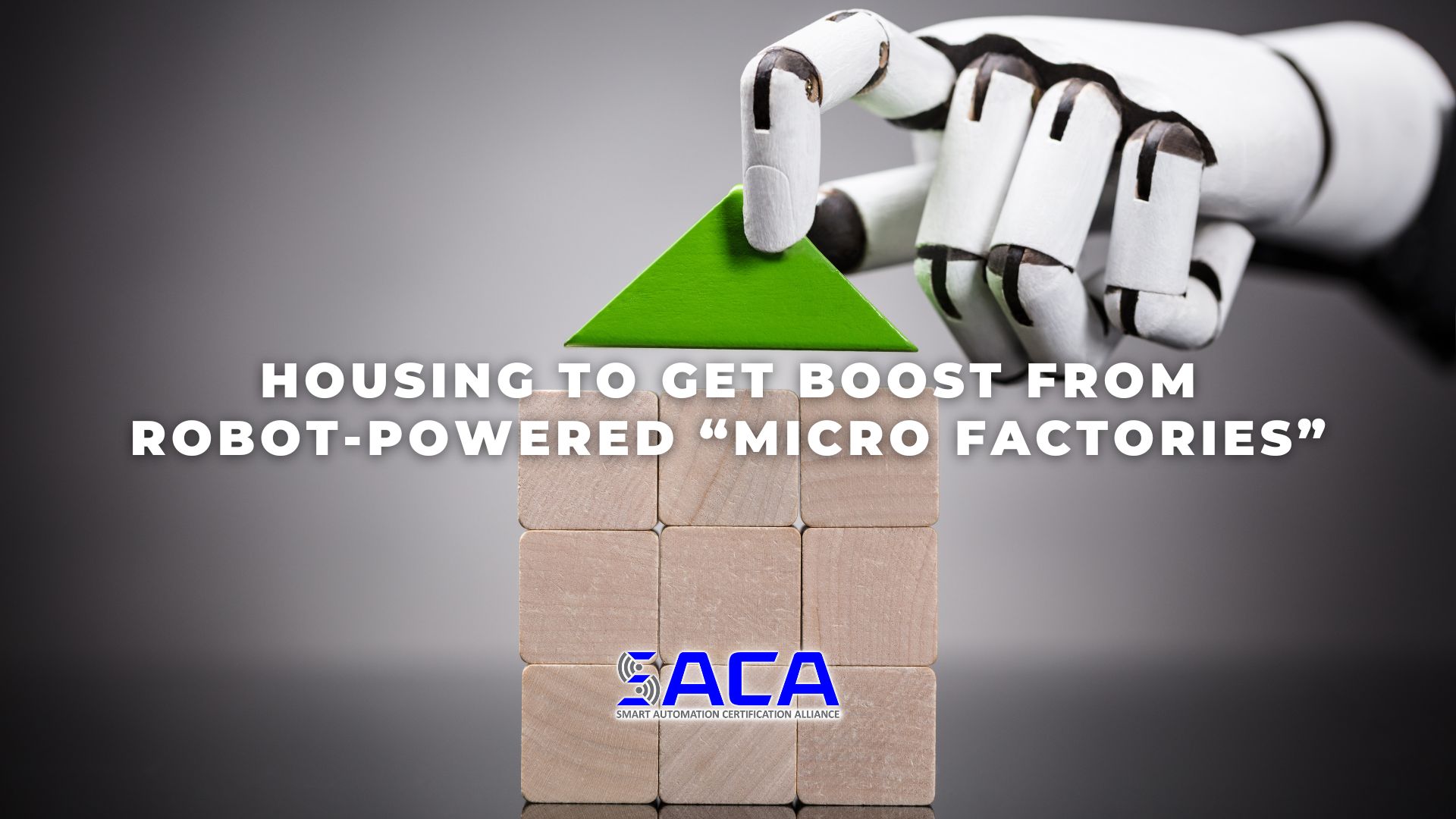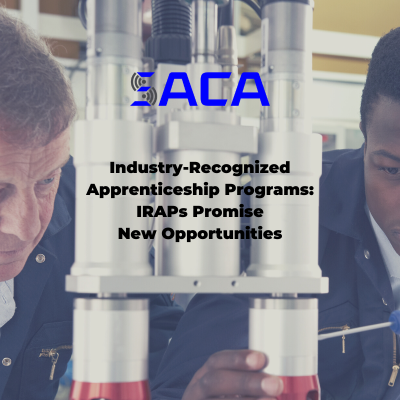
Are you currently in the market for a home? If so, you’re already fully aware of how inflated the U.S. housing market has become in the last several years. More and more people are finding it difficult to find a home that they can afford.
Some have termed the current conditions a “housing crisis” and it’s become a hot-button political issue in campaigns across the country. Many economists have pointed to the fact that increasing demand and insufficient supply have contributed to the costs consumers are seeing today. Is there anything that can be done to increase the supply of affordable housing?
Some entrepreneurs think that technology could play a key role in building more homes. Some of you may be thinking, “Really? Technology?” Granted, when you think of construction and real estate, advanced technology probably isn’t one of the first things that comes to mind. That’s why a new approach could pave the way for more new homes.
In a recent Newsweek article by Theo Burman, the author reveals that “[r]obots housed in ‘micro factories’ will be part of a push for housing production across the Midwest, amid a shortage in the U.S.” According to Burman, “[t]he new technology, supplied by U.K. robotics company Automated Architecture (AUAR), will be used by U.S.-based Rival Holdings to expand sustainable real estate development across areas where housing demand is high.”
This is an exciting development for those who may have never considered how advanced automation technologies could impact areas like housing and construction. Burman notes that “[t]he two micro factories, which are small enough to be transported to the U.S. in shipping containers, are capable of producing 180 new homes a year each.”
Beyond simply using robots, “[t]he factories work by constructing timber frames according to an AI-powered design manufacturing software developed by AUAR. The software accounts for local supply chains and building codes.” Company representatives claim that the first “micro factories” used in Belgium “became profitable within six weeks of being established, leading to the scale up to the U.S.”
Burman points out that “ABB Robotics, AUAR’s partner who enabled the expansion into the U.S., said that the new technology could ‘revolutionize the construction industry’ [by]…addressing critical global challenges such as labor and skills shortages.” In fact, the AUAR’s mission is “to build a global automated construction ecosystem for sustainable homes.”
What does this mean for the construction industry in the U.S. and around the world? It’s unlikely that robots will take the place of human construction workers any time soon. However, future construction workers could indeed need new skills to enable them to work effectively alongside new advanced automation technologies.
Construction companies will likely need to hire new skilled workers or upskill current workers to make the most of increasing automation in the construction sector. How can you be sure a worker has the advanced automation skills needed to excel in the workplace of the future? Many companies look for workers with industry-standard certifications that prove they have the hands-on skills employers need.
The Smart Automation Certification Alliance (SACA) has been hard at work collaborating with industry leaders to develop a wide variety of industry-standard certifications that will help employers find workers who possess the advanced connected-systems skills they need to take their businesses to the next level.
For example, SACA’s Certified Industry 4.0 Robotics Specialist certification confirms that certified individuals can succeed as a robotics technician in modern production environments that use Industry 4.0 technologies. This certification verifies that individuals can install, program, test, interface, and maintain industrial robot systems and workcells. SACA offers a wide variety of other industry-standard certifications focused on advanced automation technologies and related skills. Be sure to check out SACA and all it has to offer!





